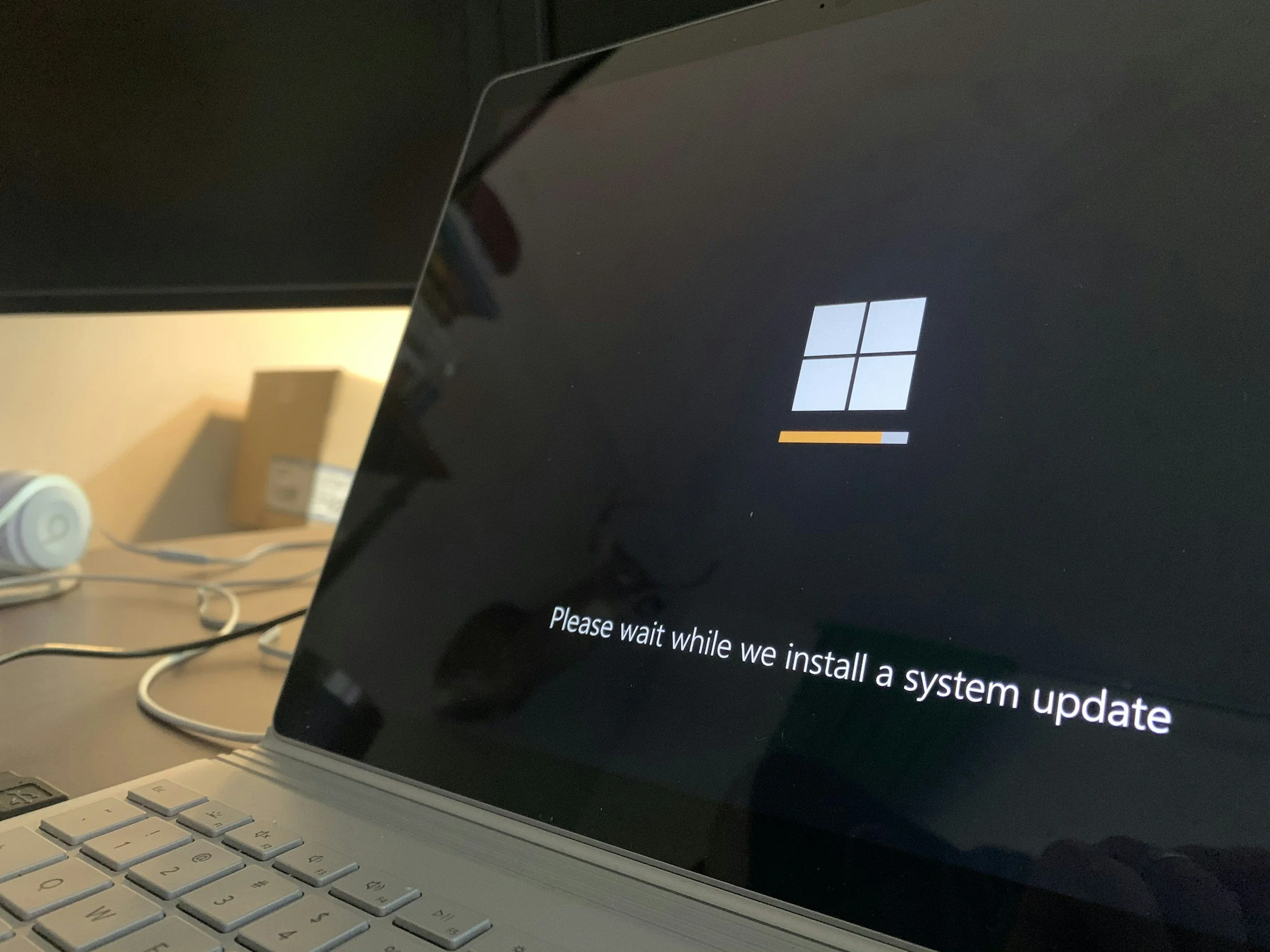Claims Of Microsoft Losing Over 400 Million Users
Microsoft Just Confirmed 1.4 Billion Windows Devices—But the Real Story Is the 400 Million That Vanished
Microsoft quietly updated a blog post recently, confirming that Windows still runs on over 1.4 billion monthly active devices. That should’ve been headline news—a big milestone for the company. But instead, all anyone's talking about is the strange disappearance of 400 million devices from the last count.
That number isn't random. It's the same 400 million that now seems stuck on Windows 10 or off Windows entirely. And it’s raising questions Microsoft probably wasn’t ready to answer.
Windows 11 Finally Catches Up—But at What Cost?
According to Statcounter, Windows 11 has finally caught up to Windows 10 in market share. Barely. They're sitting neck and neck as of June, separated by less than a percentage point—which is basically a statistical tie.
That should be good news. But instead of celebrating, Microsoft took a surprising step back: giving Windows 10 users another year of official support, even if their hardware qualifies for an upgrade.
Yes, the extension makes sense for folks running old, unsupported hardware. But for everyone else? It’s a strange move—especially now, right when adoption momentum is finally building.
Microsoft warns users not to wait: newer Windows 11 devices reportedly see a 62% drop in security incidents and a threefold decrease in firmware attacks. That's not minor. But then they undercut the urgency by giving users a reason to delay anyway.
A Mixed Message on Security
Microsoft’s message is clear: Windows 11 is more secure by design. It’s built with TPM 2.0 in mind, along with other hardware-based protections that older PCs just don’t have. The company claims Windows 11 offers "layers of defense on day one" and calls it “the most secure OS we’ve ever built.”
So why ease up on the pressure to upgrade?
For PCs that can’t run Windows 11, extending Windows 10 support makes sense. It avoids the “e-waste crisis” many feared. But for the roughly 400 million users who can upgrade? Microsoft should be encouraging them to move now, not kick the can down the road.
Wait… Did Microsoft Really Lose 400 Million Devices?
For a moment, it looked like Microsoft was admitting it lost 400 million Windows users. In a recent post, Windows chief Yusuf Mehdi mentioned “over 1 billion monthly active devices,” down from 1.4 billion just a few years ago. That raised alarms fast.
ZDNet’s Ed Bott pointed out the huge gap—and then, quietly, Microsoft edited the post. The number now reads “over 1.4 billion,” bringing things back in line with previous stats.
Was it a typo? Probably. But the fact that it slipped through at all hints at a deeper truth: Windows growth isn’t what it used to be. With the shift toward mobile and the fragmentation of computing platforms, the Windows base might not be shrinking yet—but it's not expanding either.
The Bigger Disruption Is Coming
Here’s the real issue: the Windows 10 end-of-life clock is ticking. Official support ends October 2025—unless you pay for Extended Security Updates (ESU), which can stretch support to 2026 or beyond.
Still, that won’t apply to everyone. And when the deadline hits, hundreds of millions of PCs won’t get updates anymore. Some users will force-install Windows 11, some businesses will jump on the ESU bandwagon, and a small number might switch to Linux (as much as we’d love to see it, don’t hold your breath).
But make no mistake: the next 12–24 months will be a turning point for the Windows ecosystem.


